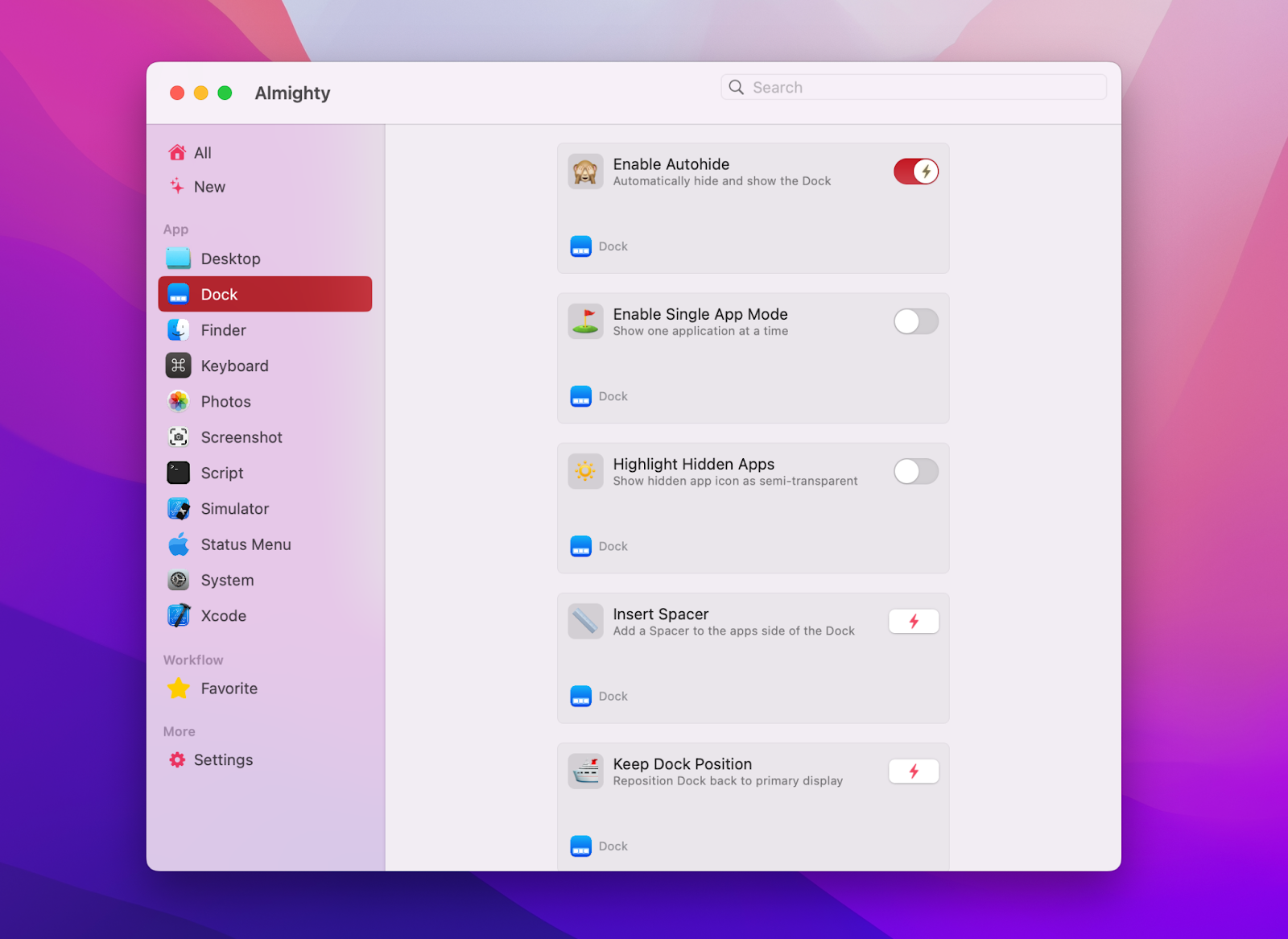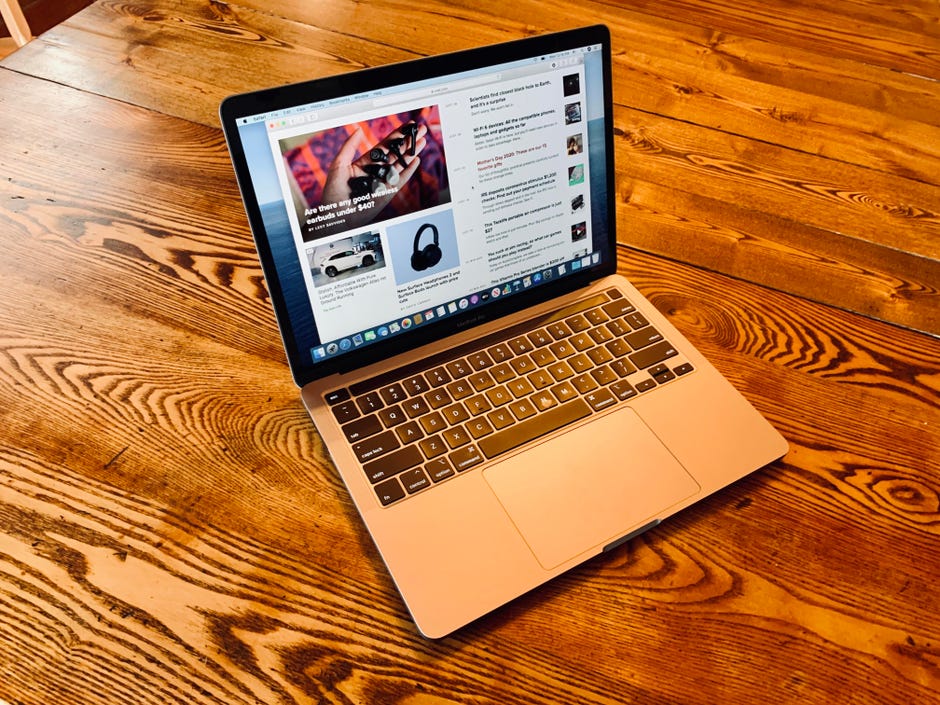


Choose any program from the drop-down menu other than the current one, even if the current is the desired one.Select the file and press Command-i to get information on it.The info window’s Open With section contains an option to “Change All” documents of this type to open with the selected program.Īnother quick option that may reset the file’s status in the system’s launch services is to re-associate it with its handling program, which can be done in the information window for any file of its type: Note that after removing these caches and rebuilding the launch services, that you may have to open the programs again before the files these programs handle will regain their icons. When done, reboot your Mac into Safe Mode (hold the Shift key at startup) and then restart normally. These are buried in the system’s temporary folder structures for the system and user accounts, but can be found and removed by running the following command in the Terminal sudo find /var/folders/ -name -exec rm \ In addition to launch services, OS X contains a few system caches that handle application icons so the system does not have to constantly pull them from programs you have installed. Note that the command is buried deep in the system so it is very long however, you should be able to copy the following multi-line version of it and paste it into the Terminal to run it: To fix this specific problem, you can try resetting the system’s launch services, which can be done by running the following command in the OS X Terminal. If this association is broken in the launch services, then the system may not know what files your programs are capable of opening, which in turn may have OS X resort to a generic icon for these files. As part of this association, OS X will adopt icons within the handling program to use with these files.


 0 kommentar(er)
0 kommentar(er)
